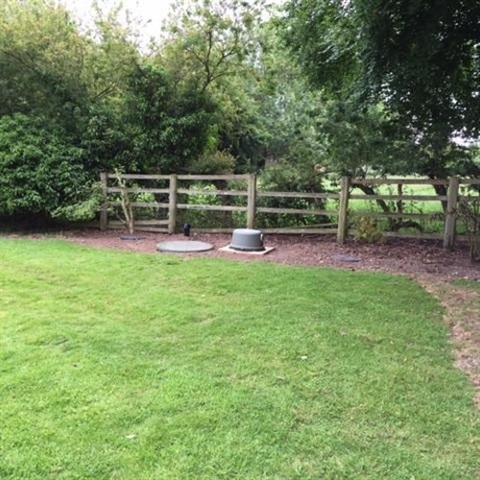
Onsite sewage management systems (such as septics) process waste water generated from the household where the property is not connected to Council’s reticulated sewerage system.
On-site sewage management systems are like miniature sewage treatment plants. If they are misused, overworked, or incorrectly maintained, they will fail and cause problems such as:
- Bacterial: Salmonella, E.coli, Shigella, Diarrhoea, Trachoma.
- Viral: Gastroenteritis, Hepatitis A.
- Parasites: Giardia, Cryptosporidium, Dwarf Tapeworm, Threadworm, Hookworm.
- Insects and vermin can act as vectors of disease where they have access to raw sewage.
- Ground and surface water contamination. Pollution of ground water, bore water supplies and creek/river systems.
- Soil and vegetable degradation impacting useability of the land.
- Local amenity issues such as aesthetics, odour, dust, vectors and excessive noise.
A badly maintained septic can cause impacts up to 50km downstream in the right conditions. Research by the State Government in the mid 1990’s found that 20% of households in regional NSW have some type of on-site sewage management system and 70% of these at the time failed to meet public health and environmental standards.
Council’s new Strategy has been designed with the aim of least intrusion of residents and landowners while still ensuring public health and environmental standards are achieved. The risk the system poses to the environment and public health, given its performance, location, design and the local features of the land will determine how frequently Council will inspect each system and how often the landowner will be required to obtain an Approval to Operate.
The new Strategy will be progressively rolled out over the next three (3) years. Initial inspections and risk ratings of each system will commence in early 2019. Council will focus initially on high density population areas and properties close to environmentally sensitive areas, whilst large rural properties may be inspected at a later date when time permits. Council will be sending out information to each landowner to advise them of how this Strategy will impact them.
Refer to the On-Site Sewage Management Strategy(PDF, 1MB) for more information or click on one of the following links: